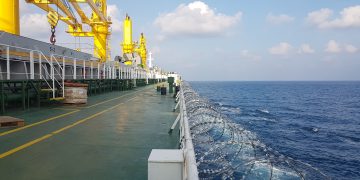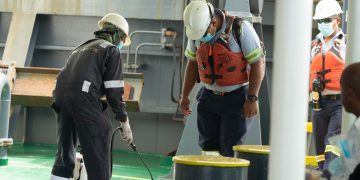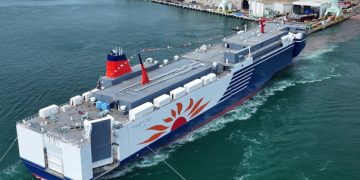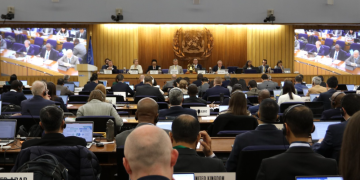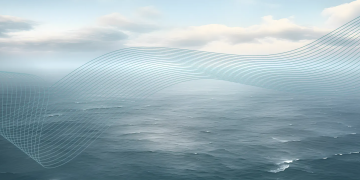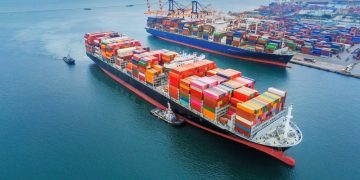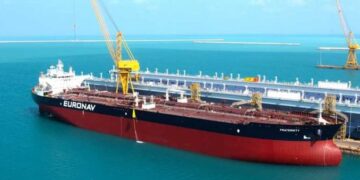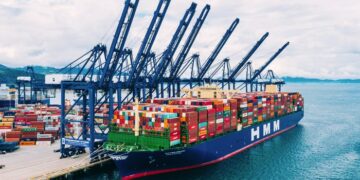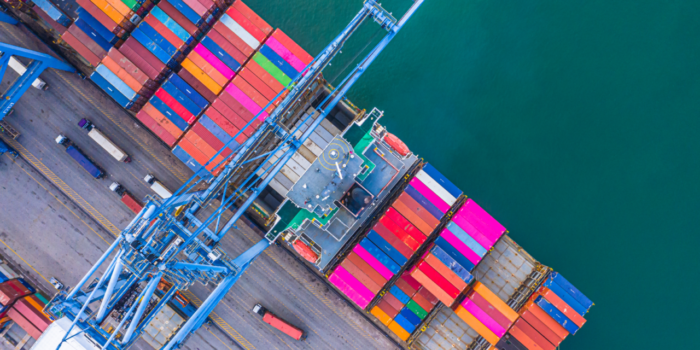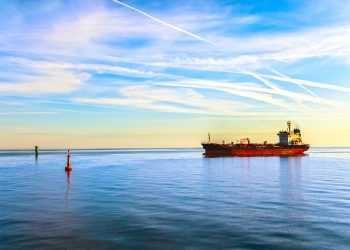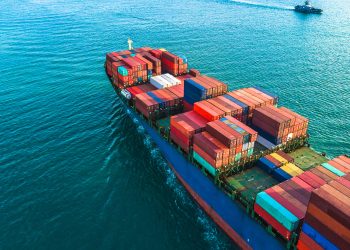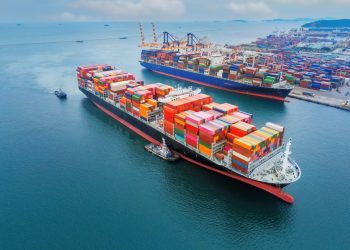TT Club focuses on the ongoing phenomenon of container loss at sea, which leads to casualties and marine pollution. Thus, the Club comments that “being aware of this multifaced threat, the container trade industry itself, in cooperation with government bodies and shipper associations, has continuously worked on addressing the problem.”
Recently, World Shipping Council published its 2020 survey concerning containers lost at sea issue, revealing that on average a total of 1.382 containers lost at sea every year.
In light of this challenge, the container industry addresses this problem by:
- Several initiatives at an international level aim at improving the international standards under SOLAS, ISO and the CTU Code and have already reshaped the risks and contributed to lowering the risk.
- In order to fight misdeclaration of cargo, changes to SOLAS came into effect on 1 July 2016 requiring verification of container weights (VGM) before containers can be loaded onboard.
- As per an IMO proposal more loss prevention work is to be done also on the shipowner’s side as an alignment of the Safe Container Convention (CSC) and ISO 1496-1 container stacking strength requirements is needed.
The Club advises that it is important to learn from the experience.
The first step is inspection of the securing equipment onboard, as it is crucial to:
- Frequently inspect the lashing equipment and sockets.
- Reject damaged containers and observe stevedore’s routines to make sure that securing equipment is handled well and returned to the vessel.
- Avoid using a mix of manual and semi-automatic twist locks and avoid storing left and right-hand twist locks together.
Moreover, rolling, parametric forces and stowage planning are key elements in loss prevention.
- Training on the hydrodynamic phenomena due to high-beam seas.
- Encourage vessels to have instruments providing insight into roll motions and accelerations; and the technical possibilities for detecting container loss.
- Frequently review stowage methods and passage planning.
- Daily examination of the lashing bars tensions and tightness of turnbuckles.






